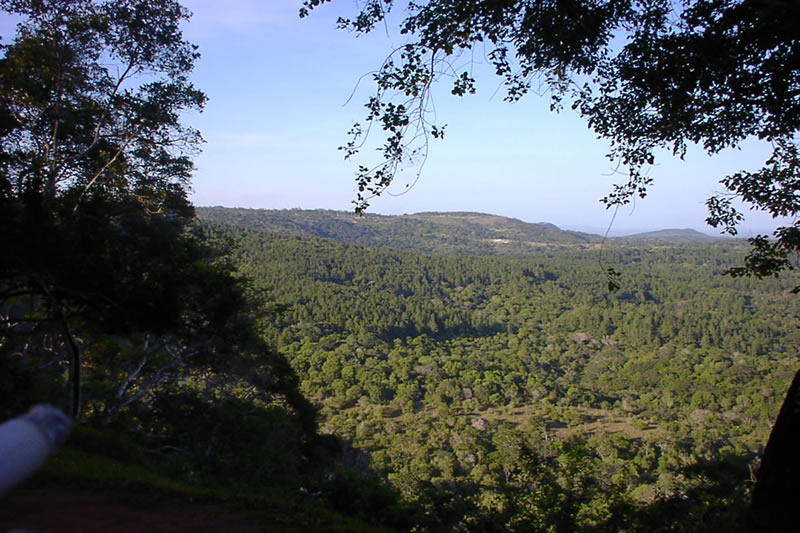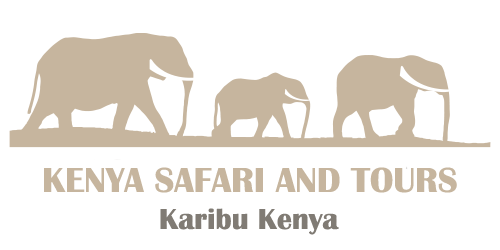
Shimba Hills National Reserve
The Shimba Hills National Reserve is a small National Park in the Coast Province of Kenya, 33 km from Mombasa and 15 km from the coast. The reserve is an area of coastal rainforest, woodland and grassland. It is an important area for plant biodiversity – over 50 % of the 159 rare plants in Kenya are found in the Shimba Hills, including some endangered species of cycad and orchids. It is also a nationally important site for birds and butterflies.

There are estimated to be approximately 700 elephants in the reserve. This population is unsustainably high – it causes significant damage to vegetation, threatening the endangered plant life. Conflict between humans and elephants has also reached critical levels. North of the Reserve, the Mwaluganje elephant sanctuary has been established to provide a route for elephants to leave the park. The remainder of the park boundary is fenced to prevent the elephants from invading farmland. The Kenya Wildlife Service has plans to relocate up to 400 elephants from Shimba to Tsavo East National Park in 2005.
Shimba Hills contains Kenya’s only population of Sable Antelope. There are about 100 in the park.
If you want a tailor made itinerary to Shimba Hills please don’t hesitate to contact us
Facts on Shimba Hills National Reserve
One of the main attractions to the Shimba Hills is the impressive Sheldrick Falls, which cascade 25m (82 feet) over the escarpment. There is a scenic 2km (1 mile) footpath that takes up to an hour to walk each way. Take a hat, sunscreen and water to drink and keep a sharp lookout for elephants. A ranger will accompany hikers without charge from 10-3pm daily. Sheldrick Falls is an idyllic spot for a cool swim and a picnic.

The park has the last breeding herd of beautiful sable antelope in Kenya. They are among Kenya’s largest antelope, with black coats and long, scimitar-shaped horns, which they were hunted for. They may be seen grazing early or late in the day around Buffalo Ridge.
There are more than 600 elephants in the park and a fenced elephant corridor links the park with the elephant sanctuary at Mwaluganje Forest. In addition to elephants, there are also buffalo, waterbucks, hyenas, warthogs, leopards, baboons and monkeys. Maasai giraffes and ostriches have also been reintroduced to the park.

There are many birds, including 111 different recorded species. There are even more birds to be seen during the spring migration. Bird shooting is only permitted outside the reserve.
Why Travel With Us
- Great online reviews
- Long-term experience and expertise
- Customer-centered service
